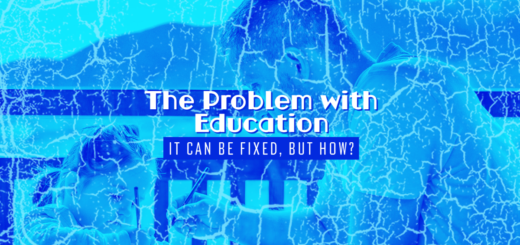Research 2.0
It occurred to me recently that academia has, in all of its traditional glory, failed to adopt the the Web 2.0 mindset in publication and research. We live in a publish or perish environment. Promotions and raises are based on a taxonomy of journals with citations used as a metric for usefulness, with packaged research projects defined by a manuscript published in one of these journals. While this framework has value, it is limited to the value of manuscript. For some professors, it becomes a game. They do just enough to get a publication, but aren’t motivated by objectivity or truth, at least not beyond what is necessary for publication.
This mindset has become entrenched into academia. I recently attended a full professor workshop, hosted by our college, where our existing full professors gave their thoughts and advice on how to become full professors at ECU. Virtually of them had a similar said the same thing – promotion to full requires 20 journal publications. A few noted other expectations, such as showing leadership in service or winning a teaching award. But none of them wavered from the entrenched publication mindset. In order to get to full professor, you must follow the same framework.
Research 1.0
As I write about in my textbook, Web 1.0 consisted of
- Publishing architecture
- Eyeballs as metric
- Centralized governance
- Organized by taxonomies
- Revenue gained through packaged services
- Data owned by companies
This framework captures Research 1.0. We publish articles in popular journals controlled by publishing companies and organized by research field. The publishing companies control the topics of the journal and the copyrights, in order to sell journal issues or articles. Similar to how the Web 1.0 allowed traditional publishing companies to publish articles online, Research 1.0 allowed academic journals to publish articles online. Value was added. But, we’re still stuck in the 1.0 mindset.
Research 2.0
Around the turn of the century, the web transformed with Web 2.0 companies. Companies such as Facebook and eBay, and technologies such as social media and wikis enabled network effects to add considerably more value to users than existed in Web 1.0. In Web 2.0, the standard shifted to:
- Networking architecture
- Users as metric
- Decentralized governance
- Organized by tagging
- Data owned by users
Yet, academia has failed to follow this shift. There have been some limited calls for change and a few initiatives in that direction, but nothing major has taken hold. Some academics called for Science 2.0, but limit its scope to just using Web 2.0 tools. They don’t call for radical transformation of the publishing empire or the upending of research techniques. Usually, it’s Science 1.0, but dressed up.
What would research 2.0 look like?
Imagine a research project organized by wiki technology. Academics could participate in the project in various ways; collecting data, running analyses, interpreting results, editing each others work, arguing over interpretation, etc. The more academics that participate, presumably, the more objective the project should become, as each participant checks for various deficiencies in the work of others. In other words, a massive and distributed research system. Projects could presumably use hundreds or even thousands of participants, each adding their expertise to the research problem.
What’s more, the authors would also act as reviewers and reviewers as authors. The boundary between them would blur as a participant could simultaneously review others work and change it appropriately.
At this point, many academics would naturally start to ask, “what’s in it for me?” Why should they participate? While the pursuit of knowledge for knowledge sake might be considered noble, academics must cautiously guard their time because of pressures of tenure, promotion, and grants. Herein lies one of the biggest stumbling blocks to adoption of research 2.0. Two things have to happen, first significant greater value must be observed from such an arrangement and second, there must be a way to judge when and if participation adds significant value to the end result.
What might this look like? I don’t know – yet. Perhaps a reputation system could develop where academics could rate the quality of contributions of others. The goal, however, is to unleash the same value that web 2.0 companies did. And that is something worth considering.


